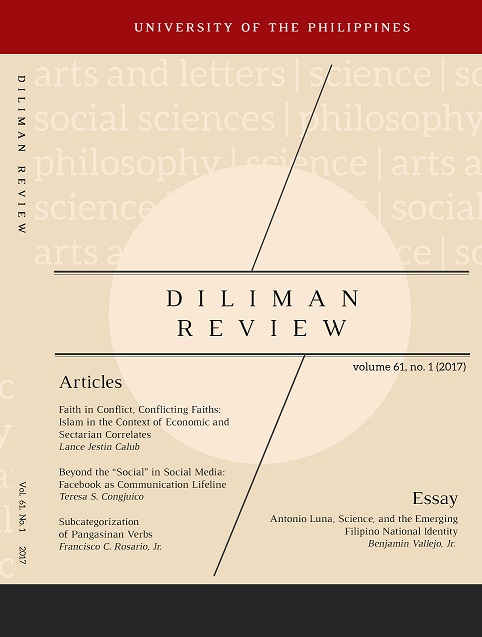Faith in Conflict, Conflicting Faiths: Islam in the Context of Economic and Sectarian Correlates
Abstract
Does a growing Muslim population in a country foster conflict? The paper analyzes the effect of religious diversity – specifically the presence of Shiite and Sunni Muslim populations – on peace and order. It argues that it is not the presence of a Muslim population per se that catalyzes conflict; but the presence of “diverse” Muslim populations in which no single sect predominates.To test this conjecture, the paper collated data from the 2011 Global Peace Index published by the Institute for Economics and Peace, and modelled peace as a function of religious diversity, as well as that of a state’s socioeconomic condition. Results of OLS estimates suggest that there are a mere handful of instances when the presence of a Muslim population affected peace and order negatively. The study further finds that religion itself is not a significant determinant of conflict especially when the predilections of the political elite in a country, and economic variables are taken into account.
In sum, there is not enough evidence to back the claim that the presence of a sizeable Muslim population fosters either conflict or violence. However, the cleavage between Shiites and Sunnis appears to play a role in determining the extent of conflict in a country, especially when economic circumstances are taken into account. This cleavage could then be exploited by opportunistic members of a country’s political elite in order to give the false impression
that internal strife is religious in nature.
Keywords: Islam, peace, index, conflict, order


